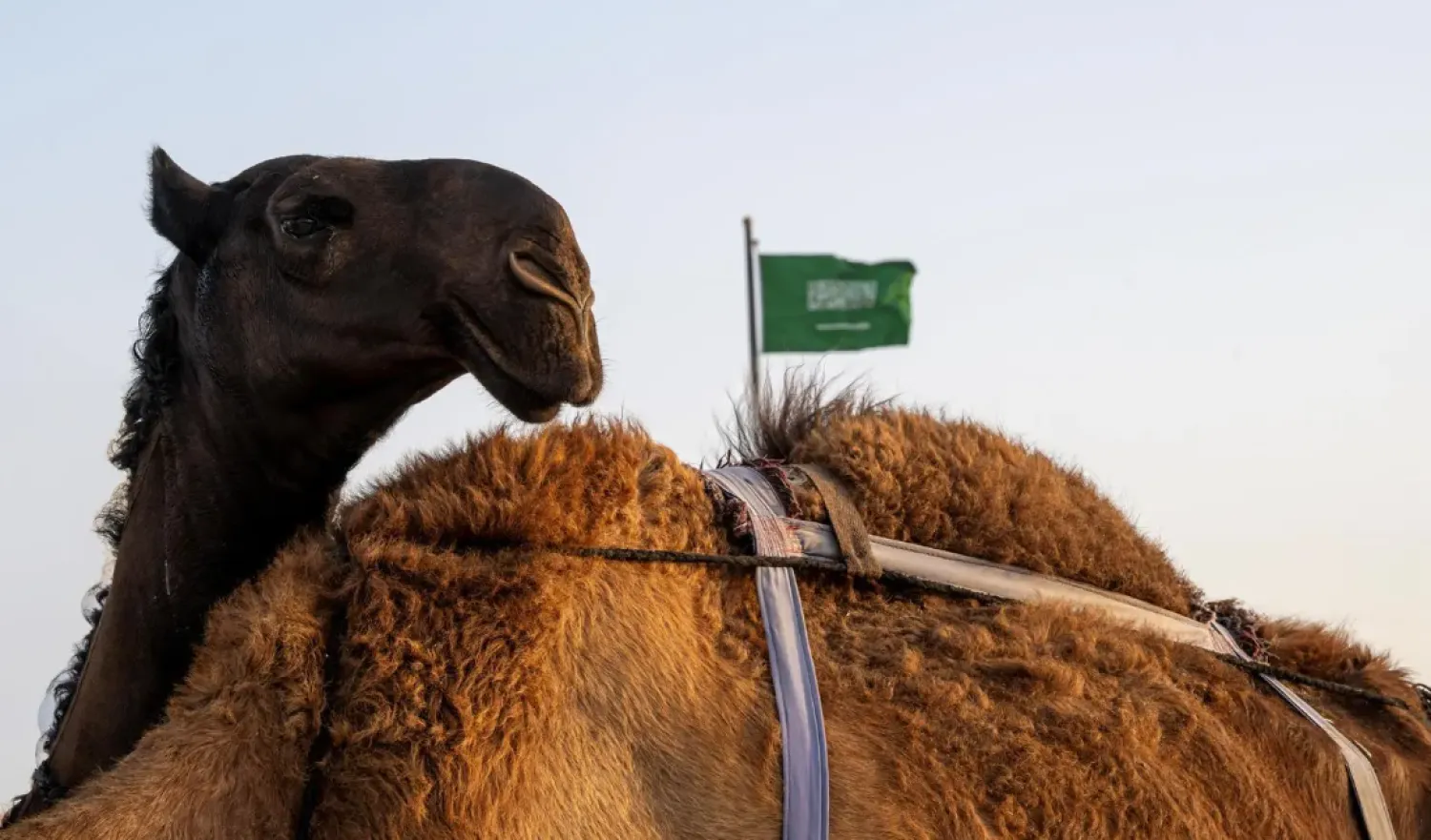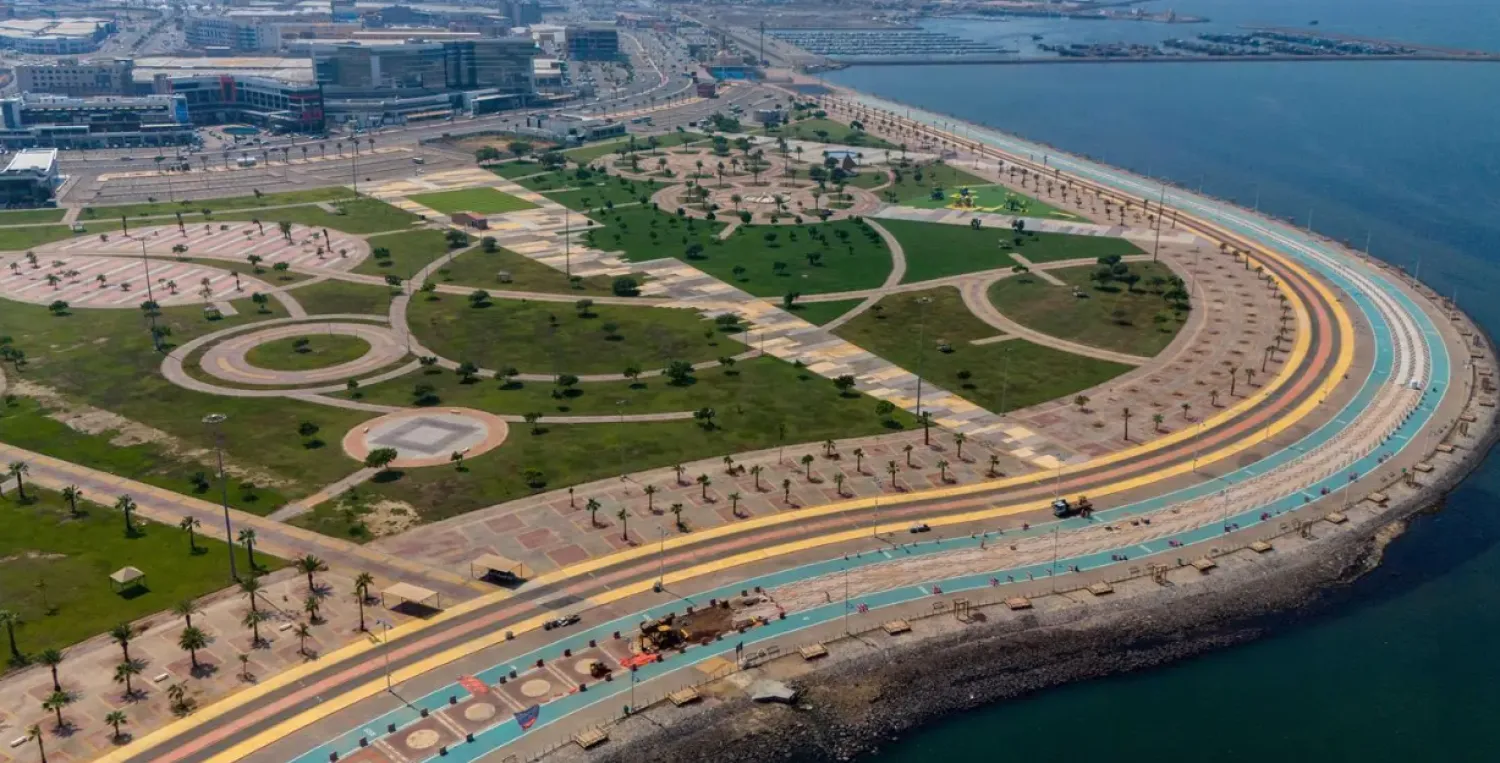The Saudi Heritage Commission announced on Sunday the registration of 5,969 new architectural heritage sites in the National Register of Architectural Heritage, bringing the total number of registered sites to 34,171.
These sites collectively reflect the richness and diversity of architectural heritage across the Kingdom.
The newly registered sites include 258 in Riyadh Region, 483 in Makkah Region, 761 in Qassim Region, three in Eastern Region, 3,893 in Aseer Region, 60 in Hail Region, eight in Jazan Region, 499 in Al-Baha Region, and four in Al-Jouf Region.
The registration process is based on regulations related to antiquities and architectural heritage, following a decision by the Board of Directors of the Heritage Commission to delegate authority to the commission’s CEO to register heritage sites. The initiative aims to protect these sites from encroachment or neglect and to ensure their preservation for future generations.









